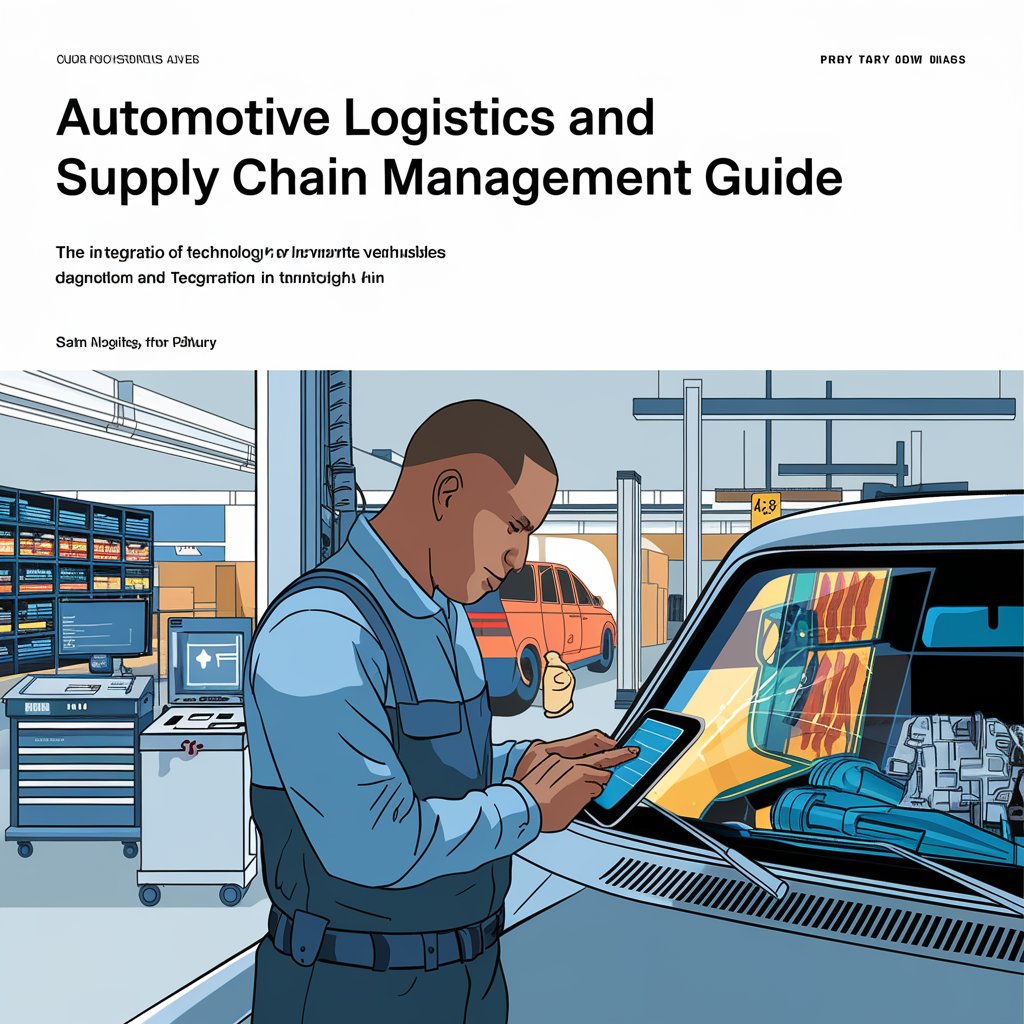Identifying Your Vehicle's Transmission by VIN

Understanding VINs and Transmission Identification
Before diving into the specifics of transmission identification, let’s revisit what a VIN is and why it’s valuable for determining transmission types.
What is a VIN?
A Vehicle Identification Number (VIN) is a unique 17-character code assigned to every motor vehicle when it’s manufactured. This code serves as the vehicle’s DNA, containing crucial information about its make, model, year, and specifications – including transmission type.
Why Identify Transmissions by VIN?
Identifying transmissions by VIN offers several advantages in logistics and automotive management:
- Accuracy: Ensures precise identification of the transmission type without physical inspection.
- Efficiency: Saves time in inventory management and parts ordering processes.
- Compatibility: Helps in determining the correct replacement parts or fluids for maintenance.
- Valuation: Assists in accurate vehicle valuation, as transmission type can affect a vehicle’s worth.
- Fleet Management: Enables better planning for maintenance schedules and parts inventory.
How to Identify a Vehicle's Transmission by VIN

Step 1: Locate the VIN
The VIN can typically be found in several locations:
- Driver’s side dashboard, visible through the windshield
- Driver’s side door jamb
- Vehicle registration and insurance documents
- Vehicle title
Step 2: Decode the VIN
While the entire VIN is useful, for transmission identification, focus on:
- Characters 4-8: Vehicle Descriptor Section (VDS)
- Character 10: Model Year
Step 3: Use VIN Decoder Tools
Several resources can help decode VINs for transmission information:
- Manufacturer Websites: Many car manufacturers offer VIN lookup tools on their websites.
- Online VIN Decoders: Various free and paid services can decode VINs and provide transmission information.
- Government Resources: The National Highway Traffic Safety Administration (NHTSA) offers a free VIN decoder.
Step 4: Interpret the Results
Transmission information in VIN decoding results may include:
- Transmission Type (e.g., Manual, Automatic, CVT)
- Number of Speeds (e.g., 6-speed, 8-speed)
- Specific Transmission Model
Step 5: Cross-Reference
For absolute certainty, cross-reference the VIN-derived information with:
- Vehicle’s build sheet (if available)
- Manufacturer’s specifications for the specific model and year
Leveraging Transmission Identification in Linbis Logistics Software
Linbis’s state-of-the-art logistics software is designed to make the most of transmission identification by VIN:
- Automated VIN Scanning and Decoding: Quickly capture and interpret VIN data, including transmission information, using mobile devices or dedicated scanners.
- Comprehensive Vehicle Profiles: Create detailed profiles for each vehicle, automatically populated with transmission data derived from the VIN.
- Inventory Categorization: Easily sort and filter vehicle inventory based on transmission types.
- Maintenance Scheduling: Set up tailored maintenance reminders based on specific transmission types and models.
- Parts Compatibility Checking: Streamline the process of ordering and stocking compatible transmission parts and fluids.
- Fleet Analysis: Generate insights on transmission type distribution across your fleet for strategic planning.
- Integration with Parts Catalogs: Automatically link to compatible parts based on identified transmission types.

Best Practices for Transmission Identification by VIN in Logistics
To maximize the benefits of transmission identification by VIN in your operations, consider these best practices:
- Regular Database Updates: Keep your VIN decoding database current to accurately identify transmissions in newer vehicle models.
- Staff Training: Ensure your team understands how to interpret VIN-derived transmission information correctly.
- Verification Protocols: Implement a system to verify VIN-derived data against physical inspections when possible.
- Data Integration: Integrate transmission data with other vehicle information for comprehensive vehicle profiles.
- Supplier Coordination: Share transmission information with parts suppliers to ensure accurate and efficient parts procurement.

Challenges in Transmission Identification by VIN
While VIN-based transmission identification is generally reliable, there are some challenges to be aware of:
- Mid-Year Changes: Some manufacturers make changes to vehicle specifications mid-production year, which may not be reflected in the VIN.
- Rare or Special Editions: Limited production models may have unique transmissions not easily identified by standard VIN decoding.
- Aftermarket Modifications: VINs don’t account for any transmission swaps or modifications made after manufacturing.
- International Variations: Vehicles manufactured for different markets may have different transmission options despite similar VINs.

The Future of Transmission Identification in Logistics
As technology advances, we can expect to see developments in transmission identification and its applications in logistics:
- AI-Enhanced VIN Decoding: Machine learning algorithms could provide more nuanced interpretations of VINs, including predicting potential transmission issues based on model history.
- Blockchain for Vehicle History: Implementing blockchain technology could create tamper-proof records of vehicle histories, including transmission replacements or upgrades.
- IoT Integration: Connected car technologies could provide real-time transmission performance data linked to VINs.
- Augmented Reality Applications: AR could be used to visualize transmission details and maintenance procedures based on VIN-derived data.
Conclusion: Mastering Transmission Identification for Logistical Excellence
Understanding and effectively using VIN-based transmission identification is a critical skill in modern automotive logistics and management. With Linbis’s advanced software, you can transform this knowledge into a powerful tool for enhancing efficiency, ensuring accurate maintenance, and driving strategic decision-making in your automotive-related operations.
By mastering the intricacies of identifying transmissions by VIN, logistics professionals can stay ahead in an industry where precision and detailed knowledge are paramount. Whether you’re managing a large fleet, operating a parts distribution center, or running an auto repair shop, the ability to quickly and accurately identify transmission types using VINs is invaluable.
Ready to revolutionize your approach to vehicle management and logistics? Discover how Linbis can help you harness the full potential of VIN-based transmission identification in your operations. Contact us today for a personalized demonstration and take the first step towards a more efficient, data-driven automotive logistics future.
